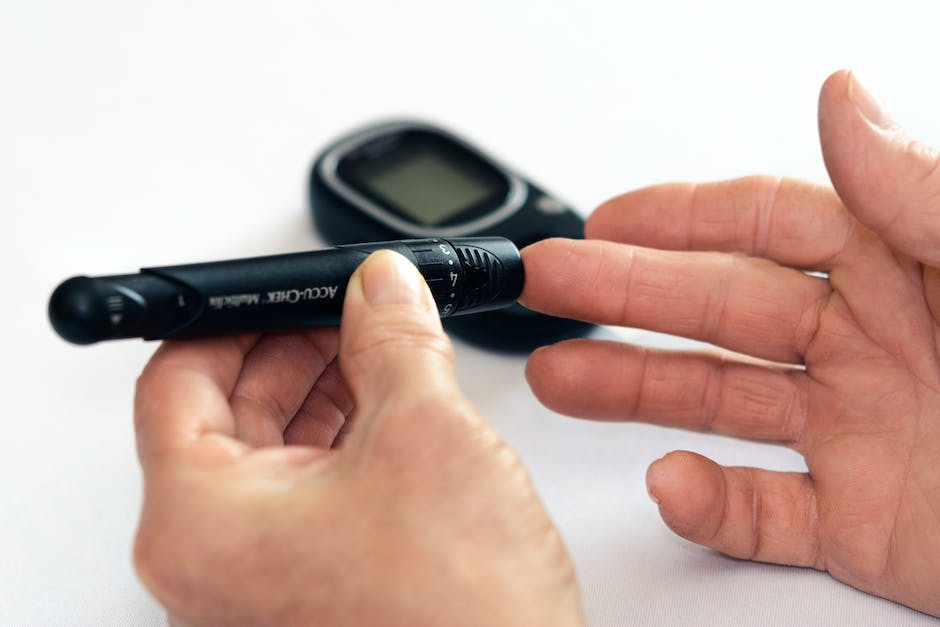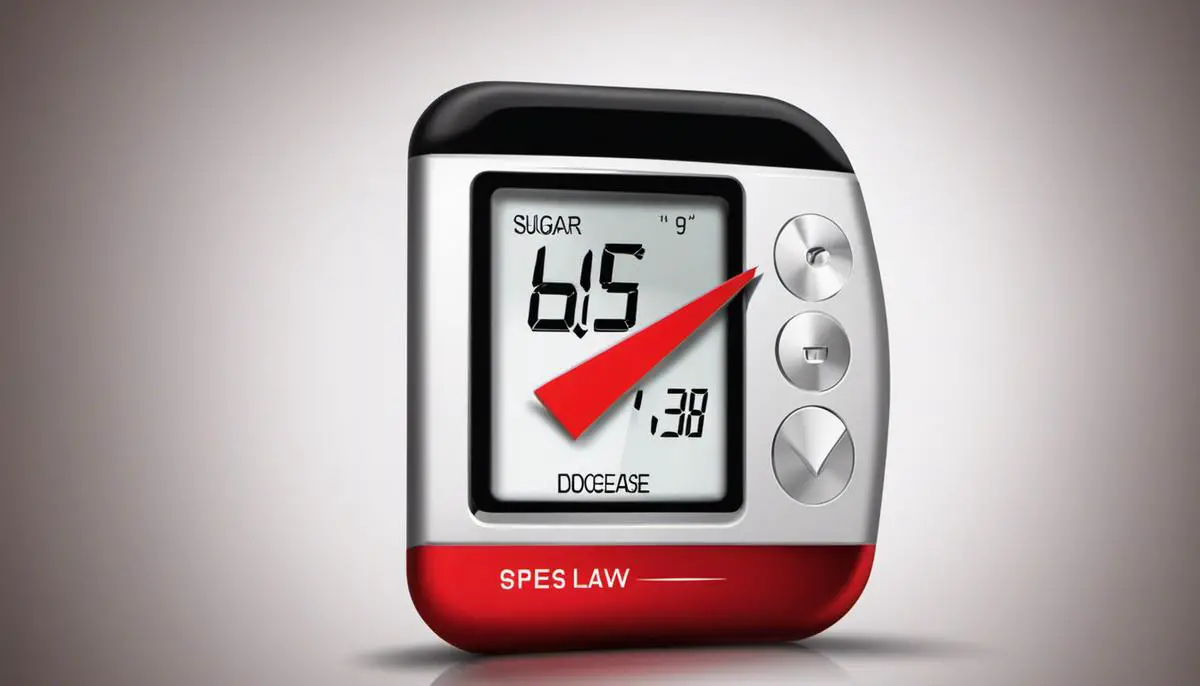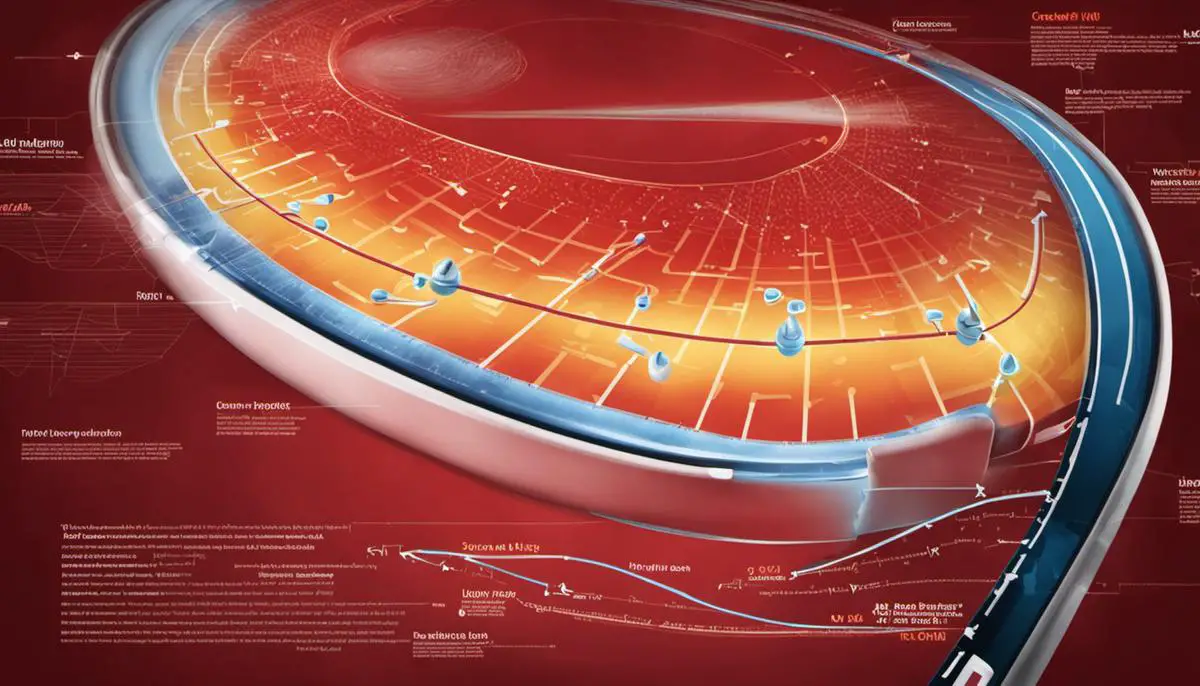In the quest to promote healthy living, understanding the nuances of low blood sugar (hypoglycemia) becomes significant. It’s not just about acknowledging its existence, but equipping oneself with detailed knowledge about its definition, causes, and the impact it can have on the body. Blood sugar levels might seem like a common topic, but what’s often overlooked is how fatal the imbalance can be – particularly when it’s low. More importantly, recognizing the early warning signs is crucial as each person might exhibit different symptoms of low blood sugar at varying degrees.
Understanding Low Blood Sugar (Hypoglycemia)
Understanding Low Blood Sugar
Low blood sugar, medically known as hypoglycemia, is a condition that occurs when there is a drastic drop in the level of glucose in the blood. Glucose is an essential source of energy for your body’s cells and your brain. The normal range for blood sugar is between 70 and 100 milligrams per deciliter (mg/dL) when fasting and up to 140 mg/dL two hours after eating. Hypoglycemia, on the other hand, is defined as blood sugar that falls below 70 mg/dL.
The Impact of Low Blood Sugar on the Body
When blood sugar levels plummet, the body responds in various ways to try and restore the balance. Initially, it releases hormones such as adrenaline, which help to release stored glucose back into the bloodstream. If left untreated or if it dips further, low blood sugar can lead to nervous system symptoms, such as clumsiness, confusion, seizures, or coma, as the brain cells struggle to function without enough glucose.
Recognizing Early Indicators of Low Blood Sugar
Understanding the initial signs of low blood sugar is key in preventing further complications. Symptoms of mild to moderate hypoglycemia generally arise abruptly and may include sudden hunger, irritability, trembling, perspiration, fatigue, and paleness. Additionally, as adrenaline levels rise, signs like rapid or irregular heartbeat, a sense of anxiety, and tingling in the lips or fingers may also occur.
For those living with diabetes, monitoring and regulating blood sugar levels is particularly essential. Timely recognition and action upon these early signs can deter severe hypoglycemia, which could potentially be life-threatening. Generally, the immediate course of treatment includes consuming something rich in carbohydrates, such as fruit juice or snacks, to restore blood sugar levels back to a state of equilibrium.
Hypoglycemia can even occur during sleep for some individuals. These nocturnal episodes may be marked by excessive sweating and waking up with symptoms like a headache, fatigue, or increased heart rate.
In certain instances, noticeable symptoms may not come into play until blood sugar levels have dropped significantly low, a condition referred to as hypoglycemia unawareness. This is often reported in individuals who have been managing diabetes over a lengthy period of time.
Consulting with a healthcare professional is strongly recommended if one frequently experiences these indications of low blood sugar, as it could be suggestive of a deeper medical condition that requires proper management.

The Early Warning Signs of Low Blood Sugar
Deciphering Symptoms of Low Blood Sugar
Low blood sugar, also known as hypoglycemia, is a condition that develops when your blood sugar level dwindles below the normal range (70 to 99 mg/dL). Glucose, one of the many sugar types, serves as the primary source of energy for the cells within your body. In conditions such as type 1 and type 2 diabetes, this delicate equilibrium is disrupted, frequently resulting in low blood sugar levels.
Mild Symptoms of Low Blood Sugar
Identifying the early signs of low blood sugar is critical for managing diabetes. Typically, early symptoms of mild hypoglycemia include:
- Hunger: Your body needs energy, and when blood sugar is low, you crave food to boost it.
- Shakiness: The body initiates a stress response that releases adrenaline, causing trembling.
- Sweating, pallor: Again, the body’s adrenaline reaction can lead to excessive sweating and pale skin.
- Rapid heartbeat, palpitations: Adrenaline also accelerates heart rate and can lead to heart palpitations.
- Anxiety, irritability: Glucose is essential for proper brain function, and its deficiency can affect mood and anxiety levels.
Severe Symptoms of Low Blood Sugar
If left untreated, low blood sugar can lead to severe symptoms including:
- Confusion, dizziness: With prolonged deficiencies of glucose, brain functions such as cognition and balance can be affected.
- Fatigue: Lack of required energy can result in extreme tiredness and lethargy.
- Seizures: In extreme cases, low sugar can trigger seizures, indicating an emergency situation.
- Loss of consciousness, coma: The brain lacking glucose can lead to unconsciousness or, in worst cases, a coma.
Individual Variability and Fluctuating Symptoms
Low blood sugar can present differently in different individuals due to factors such as age, overall health, and severity of diabetes. Symptoms may also vary from one episode to another. For instance, an individual may usually experience trembling during a hypoglycemic bout, but may have a different symptom such as confusion during another hypoglycemic episode.
Recognizing and Responding to Low Blood Sugar
Understanding the early warning signs of low blood sugar is crucial, particularly for individuals with diabetes, to avoid escalating into a serious health situation. The frequent tracking of blood glucose levels, maintaining a balanced diet, and taking prescribed medication consistently are essential strategies in the effective management of blood sugar levels.
When a sudden drop in blood sugar strikes, consuming fast-acting carbohydrates like a small amount of fruit juice or sweet candy can be a quick remedy to elevate glucose levels. Should symptoms continue to aggravate or persist, it’s imperative to contact a healthcare professional immediately.

Managing Low Blood Sugar: Prevention and Early Intervention
Recognizing the Causes and Symptoms of Hypoglycemia
Hypoglycemia, or low blood sugar, transpires when blood glucose levels drop below the normal range, specifically below 70 milligrams per deciliter (mg/dL). Various triggers can lead to this condition, from certain medications, intake of alcohol, to severe underlying illnesses, and deficiencies in hormones or enzymes.
The signifiers of low blood sugar may vary among individuals, often manifesting rapidly. Common symptoms involve a sudden onset of nervousness, tremors, or anxiety. Some people may experience cold, damp skin, excessive sweating, or an irregular heartbeat. Additional symptoms can include extreme hunger, nausea, drowsiness, confusion, impaired or blurry vision, and headaches. Unchecked, low blood sugar can escalate to unconsciousness, seizures, or, in worst scenarios, a coma.
Effective Measures to Prevent Low Blood Sugar
Preventing low blood sugar episodes primarily involves regular monitoring of your blood sugar levels. Most healthcare providers recommend checking your blood sugar levels before meals and at bedtime. Tools like continuous glucose monitors can also help with consistent monitoring.
It’s also crucial to eat balanced meals and snacks throughout the day. Skipping meals, especially if you are taking diabetes medications, can lead to low blood sugar. Frequent, smaller meals can help maintain stable glucose levels.
Regular physical activity is another component in preventing hypoglycemia. However, exercises may lower your blood sugar levels, so it’s essential to check your blood sugar before, during, and after strenuous activities.
Managing an Episode of Low Blood Sugar
When noticing early signs of low blood sugar, an immediate response should include consuming 15 to 20 grams of glucose or simple carbohydrates. Glucose tablets, glucose gel, a piece of fruit, a glass of milk, or a candy are effective options.
Wait for 15 minutes then test your blood sugar again—if it’s still below 70 mg/dL, intake another serving. Once your blood sugar levels increase, eat a small snack, especially if your next planned meal is more than an hour or two away.
Consulting Healthcare Providers regarding Low Blood Sugar
It’s critically important to consult with healthcare providers for managing low blood sugar. The idea is not just to seek emergency medical intervention, but to manage and prevent low blood sugar episodes effectively. You should share all the details about the episodes, your food habits, medication, exercise routine, and even any over-the-counter drugs you might be taking. It would help if you also shared the frequency and pattern of low blood sugar episodes, as this can help your healthcare provider understand the problems and devise a customized plan accordingly.
It’s also recommended to have regular check-ups and adhere to all the advice given by your healthcare provider, including dietary restrictions. Maintaining a consistent schedule for meals, medication, and physical activity is key to management and prevention of low blood sugar. Remember, regular consultation and open communication with your healthcare provider is the cornerstone of effective prevention and management of low blood sugar.

Remember, handling low blood sugar isn’t just about immediate remedies; it involves an ongoing commitment to healthful habits. Consulting with healthcare providers should never be second-guessed as they provide valuable insights and serve as guiding paths. Learning effective methods of preventing and managing low blood sugar situations brings a sense of control, reducing anxiety and fostering a healthy lifestyle. The journey of understanding hypoglycemia is vital, especially for those prone to low blood sugar or those caring for individuals susceptible to such situations. As society becomes more health-conscious, let us take the lead in promoting the knowledge of blood sugar balance, starting with understanding and recognizing the early signs of hypoglycemia.
